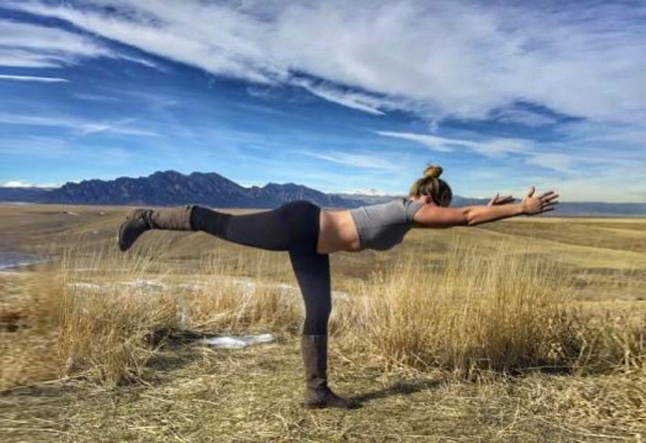an invitation to the discipline of kindness

The first yoga offered to the practitioner in the Yoga Sutras is Kriya Yoga. This yoga of the mind is comprised of 3 main ingredients: Tapas, Svadhyaya and Isvara Pranidhana. Each ingredient has its own flavor yet together they create a foundational “mirepoix” for the Practioner. This tool is provided in recognition that there will be obstacles that come up (kleshas) on this journey and a tool is needed in order to turn our obstacles into teachers, alas achieving the golden crown of Yoga- Kaivalya (liberation/wholeness).
Let’s begin with a simple inquiry into the first ingredient: Tapas. Dr. Edwin Bryant offers a wise commentary on Tapas. He writes, “Vijnanabhiksu agrees that the tendency of the mind to pursue sense gratification can be broken only with self-discipline, but he adds that this should be of a gentle kind that will not disrupt the clarity of mind or weaken the body (otherwise, says Sankara, if austerity and self-discipline are practiced in a way that disturbs the mind, they defeat the entire purpose of Yoga- to still the mind),” The Yoga Sutras of Pantajali by Dr. Edwin Bryant. For me, this is a radical perspective on Tapas.
Tapas is often translated three ways:
1. To Burn/Heat
2. Austerities
3. Self-Discpline.
Yes, we need fire for alchemical transformation. However, do we need an intense out of control fire or a steady one that can be sustainable? Doesn’t having self-discipline play a central role to keeping our lives sustainable? For the Practice of Self-Discipline, doesn’t it require us to have the willingness and vigor to step in and allow the potential of the possibility of transformation to manifest.
I appreciate how Dr. Bryant invites us to remember the intent of this guiding principle, Tapas, is to practice self-discipline in a gentle kind way that does not disrupt the mind nor weaken the body. So be radical and cultivate the Self-Discipline of Kindness.
Start by being kind to yourself and then naturally to others. Begin by having a willingness (tapas) to observe your actions. Cultivate awareness of the space within you and the space around you. Notice if your actions offer you clarity of the mind and stability of your body or the opposite?
And when you begin to look and study (svadhyaya) you will gain insight/clarity. With this insight, you will be able to make wise decisions as to what to surrender (isvara pranidhana) and what to hold on to as you pursuit your journey as a yogi consciously.
Try it on the mat.
Tapas: Make a choice to take the Pose Warrior 3, Virabhadrasana 3, using the wall for your floating leg. The tool of the wall will allow you to have time and space for study (an act of kindness). Option for arms: Hands on Hips or open arms by the side.
Svadhyaya: A few questions to consider for your self-study a) What affect does how you rotate the floating leg have on your hips and back? b) What effects does it have if you bend or straighten your supporting leg c) Does making muscular effort in the thighs offer you access to your core? d) what role does a steady calm conscious breath offer the experience of the pose?
Isvara Pranidhana: Based your self study, take another Virabhadrasana 3 with foot not against the wall. Option: hands on hips and apply the wisdom you gained (at the wall) by expressing Virabhadrasana 3 in a way that reflects you in this moment, completing trusting that this Vira 3 will not be like the one you attempted yesterday nor the one you will attempt tomorrow. It will be just as it should be for you right now
May you find the example above a simple yet effective use of Kriya Yoga in your Asana practice. You utilized all three ingredients with a focus to keep to keep the yoga in the practice. Now the challenge is how do we practice yoga off the mat. We cannot express the postures in our daily lives as form; however can we express the insight gained from our practice in our daily life in a way that doesn’t “disturb our mind nor weaken the body” all the while inspiring others.
I humbly bow to Pantanjali, Sankara, Vijnanbhiksu, A.G. Mohan, Dr. Edwin Bryant and Jafar Alexander, their own journey with yoga inspired this article.
Read next >> 5 questions to discover your life’s purpose